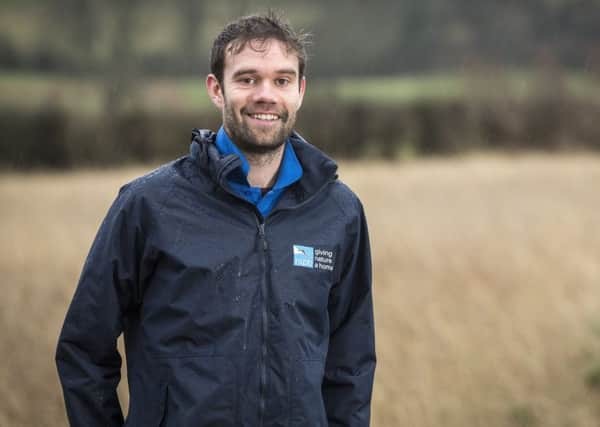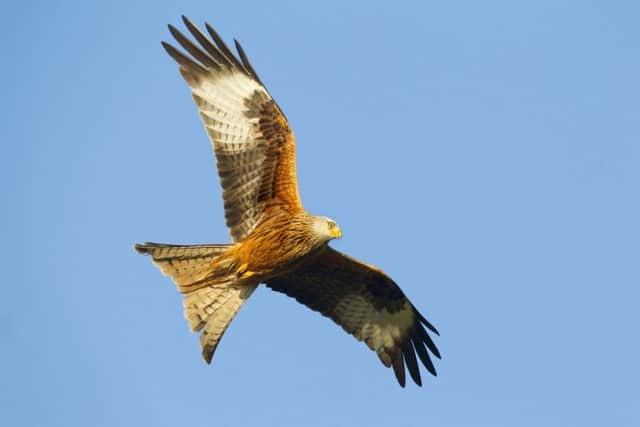The impact of wildlife crime


The RSPB is part of Partnership for Action Against Wildlife Crime Northern Ireland (PAW NI) which aims to deter wildlife crime and ensure effective enforcement action is taken when the law has been broken.
“Wildlife crime is still a problem in certain areas. Birds of prey are predators at the top of the food chain and are an important component of our ecosystem.
Advertisement
Advertisement
“They act as important indicators of the general health of nature and our environment.


“Populations of raptors are particularly vulnerable to deaths due to their low reproductive rates.
“Persistent killing of birds of prey can therefore result in local population and extinctions if carried out more widely, in regional and national extinctions.
“The most common crimes against raptors are poisoning, trapping and shooting. The use of pesticides and poisons must be carefully controlled.
Advertisement
Advertisement
“Putting poison baits in the open is illegal, as indiscriminate application has the potential to kill birds of prey, other wildlife has the potential to kill birds of prey, pets, livestock and even people.
“Direct targeting of specific birds through shooting and trapping remains an issue too. .
“PAW NI brings together agencies and interested parties with the common goal of combatting wildlife crime in Northern Ireland.
“PAW NI partners include government departments, PSNI and other enforcement agencies, organisations, animal welfare groups and country sports associations.”
Advertisement
Advertisement
Phil believes that much wildlife crime centres around misconceptions of what a species interaction with the countryside.
“There is still the idea that they may be a threat to livestock or can have an impact of a farm’s business. Which isn’t the case. Its important to get that message across and demonstrate the viable role that these species have in the ecosystem. Education remains very important.”